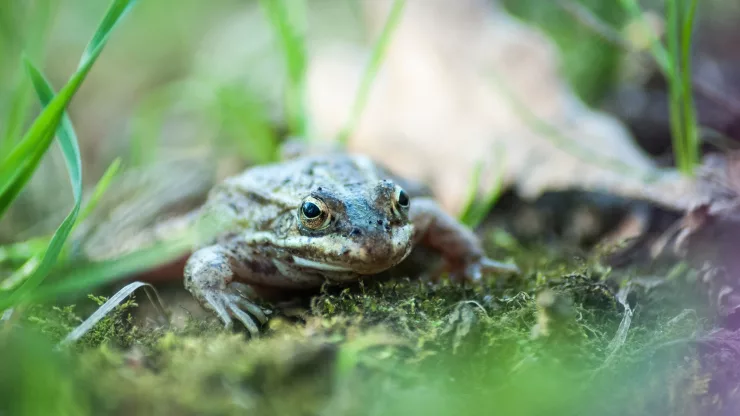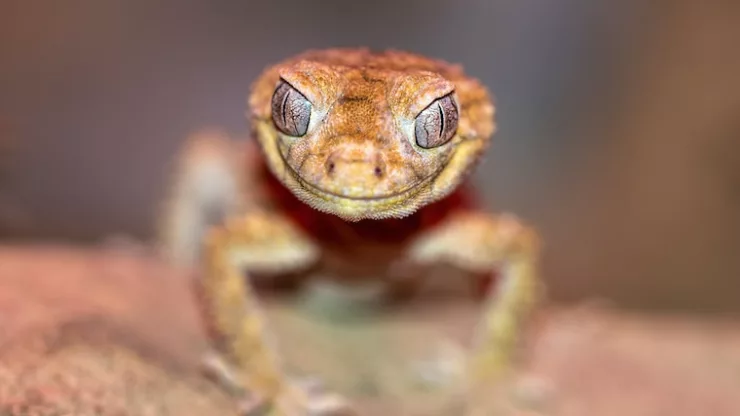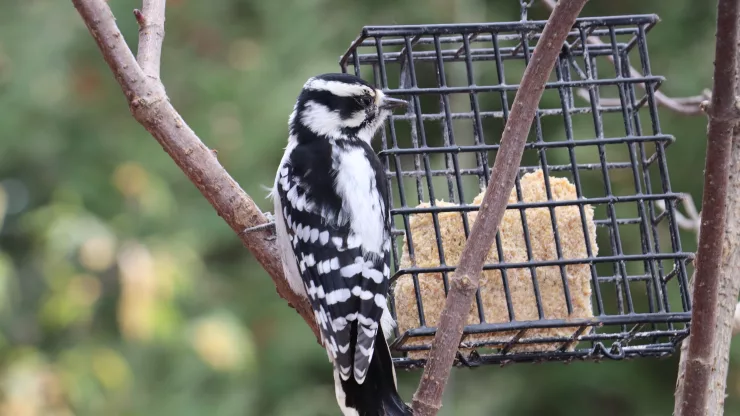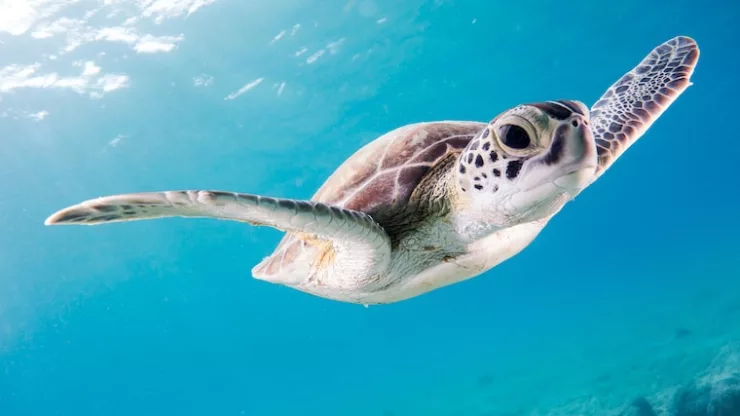Facts About Frogs
Frogs are fascinating creatures that have captured the imagination of people for centuries.
From their unique appearance to their ability to jump long distances, these amphibians are truly remarkable.
In this article, we will explore some interesting and surprising facts about frogs.
- There are over 7,000 species of frogs around the world.
- Frogs are amphibians, which means they can live on both land and water.
- The skin of a frog is smooth and moist, helping them breathe through their skin.
- Some frogs can change colors to blend in with their surroundings.
- The smallest frog in the world is the Paedophryne amauensis, which is only 0.3 inches long.
- The largest frog in the world is the Goliath frog, which can grow up to 13 inches long and weigh up to 7 pounds.
- Frogs have long, sticky tongues that they use to catch insects and other prey.
- The eyes of a frog are located on the top of their head, giving them a 360-degree view of their surroundings.
- Frogs can jump up to 20 times their body length in a single leap.
- Some species of frogs can even glide through the air using their webbed feet.
- Frogs are cold-blooded, which means their body temperature changes with the environment around them.
- Frogs hibernate in the winter to avoid the cold temperatures.
- Some species of frogs can survive freezing temperatures by producing a type of antifreeze in their bodies.
- The call of a male frog is used to attract a female mate.
- The skin of some species of frogs secretes a toxic substance that can be deadly to predators.
- Frogs are an important part of the food chain, serving as prey for many predators.
- The lifespan of a frog varies depending on the species, with some living only a few years and others living up to 20 years.
- Frogs are found on every continent except Antarctica.
- The red-eyed tree frog is one of the most recognizable species of frog, with its bright green body and red eyes.
- Some species of frogs are capable of regenerating lost limbs.
- Frogs play an important role in many cultures around the world, often representing fertility, good luck, and transformation.
- Many species of frogs are currently threatened or endangered due to habitat loss, pollution, and climate change.
Conclusion
Frogs are truly remarkable creatures that have captured our imaginations for centuries.
From their ability to change colors to their long, sticky tongues, these amphibians are fascinating to learn about.
As we continue to learn more about frogs, we can better appreciate their important role in our environment.
FAQ
What do frogs eat?
Frogs are carnivores and primarily eat insects, spiders, and other small invertebrates.
How do frogs breathe?
Frogs can breathe through their skin and lungs.
Do all frogs make noise?
No, only male frogs make noise to attract a female mate.
Are all frogs poisonous?
No, only certain species of frogs secrete a toxic substance that can be harmful to predators.
Can frogs swim?
Yes, frogs are excellent swimmers and can navigate through water with ease.
Do frogs lay eggs or give birth to live young?
Most species of frogs lay eggs, which hatch into tadpoles and then develop into adult frogs.

I am a fun fact enthusiast and creator of Facts On Tap.
I love to share my knowledge and curiosity with readers and inspire them to learn something new every day.
When I’m not writing, I enjoy traveling, reading, and playing trivia games with my friends.





